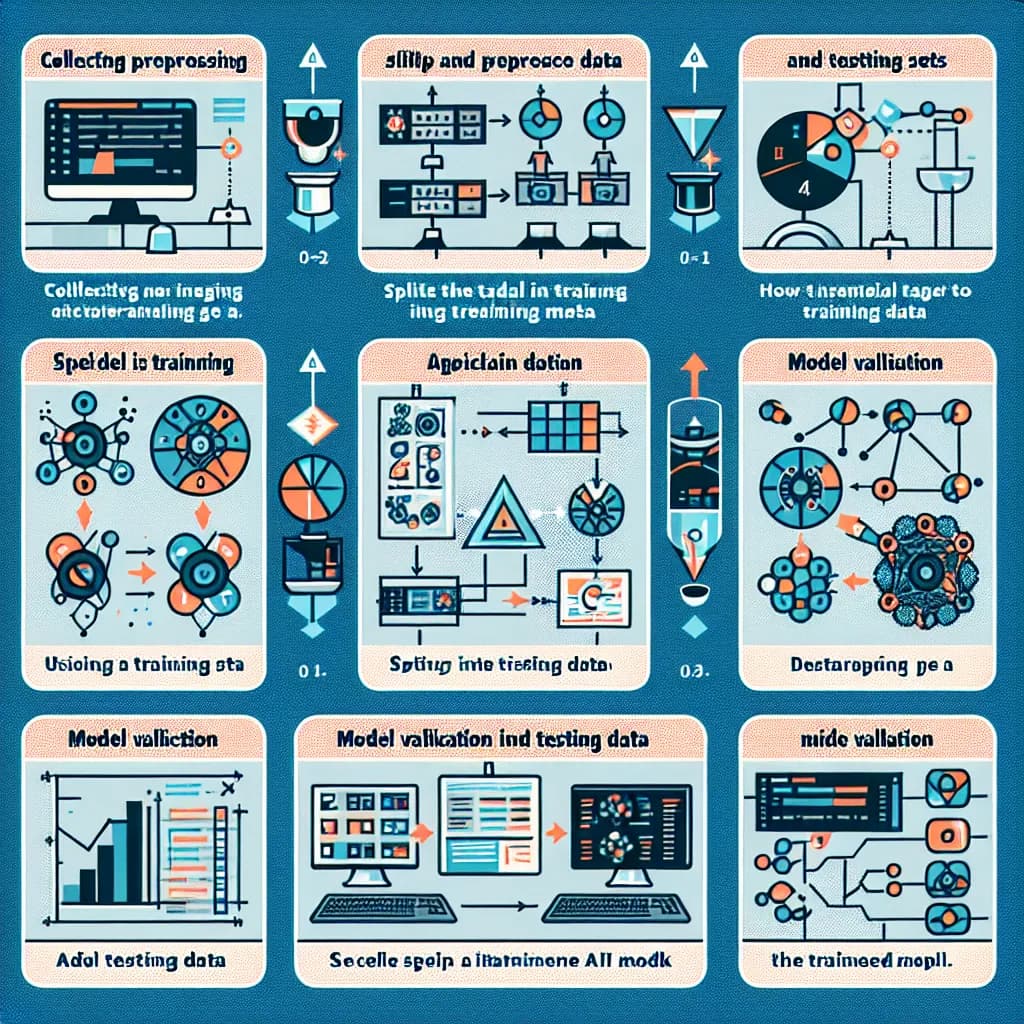Date:
29/12/2023
Listen to this article:
Key Components
React and Next.js: Essential for building interactive UIs with server-side rendering and code optimization.
State Management: Redux and Redux Toolkit for predictable state management, and React Query and Apollo for data fetching.
UI Libraries: Styled Components, Emotion, and MUI for component-level styling and high-quality UI development.
Code Quality and Testing: TypeScript, ESLint, Prettier, Storybook, and testing libraries ensure high code standards.
Introduction
As we move towards 2024, the dynamic field of frontend development continues to evolve, introducing new technologies and refining existing ones. This article aims to provide a comprehensive overview of the ideal frontend development stack of the year, highlighting key technologies and methodologies that stand at the forefront of creating efficient, scalable, and user-friendly web applications. From the robustness of React and Next.js in building interactive UIs to the sophistication of state management and data fetching tools like Redux and Apollo, this stack represents a harmonious blend of performance, functionality, and aesthetic appeal. We will delve into each component, exploring how they contribute to a streamlined development process and result in high-quality web applications.
1. React and Next.js
React: A JavaScript library for building user interfaces, known for its component-based architecture. Ideal for creating reusable UI components and efficiently updating and rendering components when data changes.
Next.js: A framework enhancing React's capabilities with server-side rendering, automatic code splitting, and optimized prefetching. Essential for performance and SEO.
2. State Management: Redux and Side Effects
Redux: A popular state management library for JavaScript apps, helping manage and centralize application state. Essential in large applications for predictable state management.
Redux Toolkit: Simplifies Redux development, reducing boilerplate code and including utilities for common tasks.
Redux Saga: To handle asynchronous and non pure functions in Redux
3. Data Fetching: React Query and Apollo
React Query or SWR: Used for fetching, caching, and updating data in React applications, simplifying data-fetching processes.
Apollo: Manages data with GraphQL, handling complex data needs with features like caching and real-time updates.
4. Forms: React Hook Form
React Hook Form: A lightweight library for efficient form handling in React apps, reducing boilerplate and improving performance.
5. UI Libraries: Styled Components, Emotion, and MUI
Styled Components / Emotion: CSS-in-JS libraries for component-level styling within JavaScript.
MUI: A comprehensive set of React components following Material Design guidelines for quick high-quality UI development. (Alternative: Tailwind)
Framer Motion: For animations
6. TypeScript, ESLint, and Prettier
TypeScript: Adds static typing to JavaScript, enhancing error detection and improving code quality.
ESLint and Prettier: Tools for code quality enhancement and consistency, ESLint for static analysis, and Prettier for code formatting.
7. Testing: Storybook and Testing Libraries
Jest and React Testing Library: Tools for writing and running tests for React components. Jest is a test runner and framework, and React Testing Library assists in testing component outputs.
Storybook: A tool for developing UI components in isolation, aiding in building and documenting component libraries.
8. Git Workflow: Trunk Based Development
Trunk Based Development: A Git workflow focusing on short-lived branches and frequent integrations, benefiting continuous delivery and integration.
9. Monorepo Management: Nx or TurboRepo
Monorepo Management Tools: Tools like Nx and TurboRepo help manage monorepos, enhancing build performance and workflow efficiency.
10. Headless CMS: Contentful, Strapi, and Others
Headless CMS: Systems like Contentful and Strapi offer backend content management without prescribing content presentation, allowing greater flexibility in web app integration.
Workflow and Integration
Workflow and Efficiency: Trunk Based Development and Monorepo Management tools like Nx and TurboRepo enhance team collaboration.
Headless CMS Integration: Discussion on the role of Headless CMS in modern web development and its integration with React.
Conclusion
The ideal frontend development stack in 2024 is a blend of established and emerging technologies, each playing a crucial role in building responsive, scalable, and user-friendly applications. This stack is a testament to the continuous innovation and adaptation in the field of web development.
About the author
Evalest's tech news is crafted by cutting-edge Artificial Intelligence (AI), meticulously fine-tuned and overseen by our elite tech team. Our summarized news articles stand out for their objectivity and simplicity, making complex tech developments accessible to everyone. With a commitment to accuracy and innovation, our AI captures the pulse of the tech world, delivering insights and updates daily. The expertise and dedication of the Evalest team ensure that the content is genuine, relevant, and forward-thinking.
Related news

The Best GPTs to Try Right Now
A comprehensive overview of the most intriguing GPT applications available in OpenAI's GPT Store, highlighting their diverse functionalities and impact.

Continuous Integration (CI) vs. Continuous Delivery (CD)
Exploring the distinctions, benefits, and best practices of Continuous Integration (CI) and Continuous Delivery (CD) in modern software development.

How to Train Generative AI Models from Scratch
A detailed guide on how to train generative AI models from scratch, encompassing all essential steps and best practices.